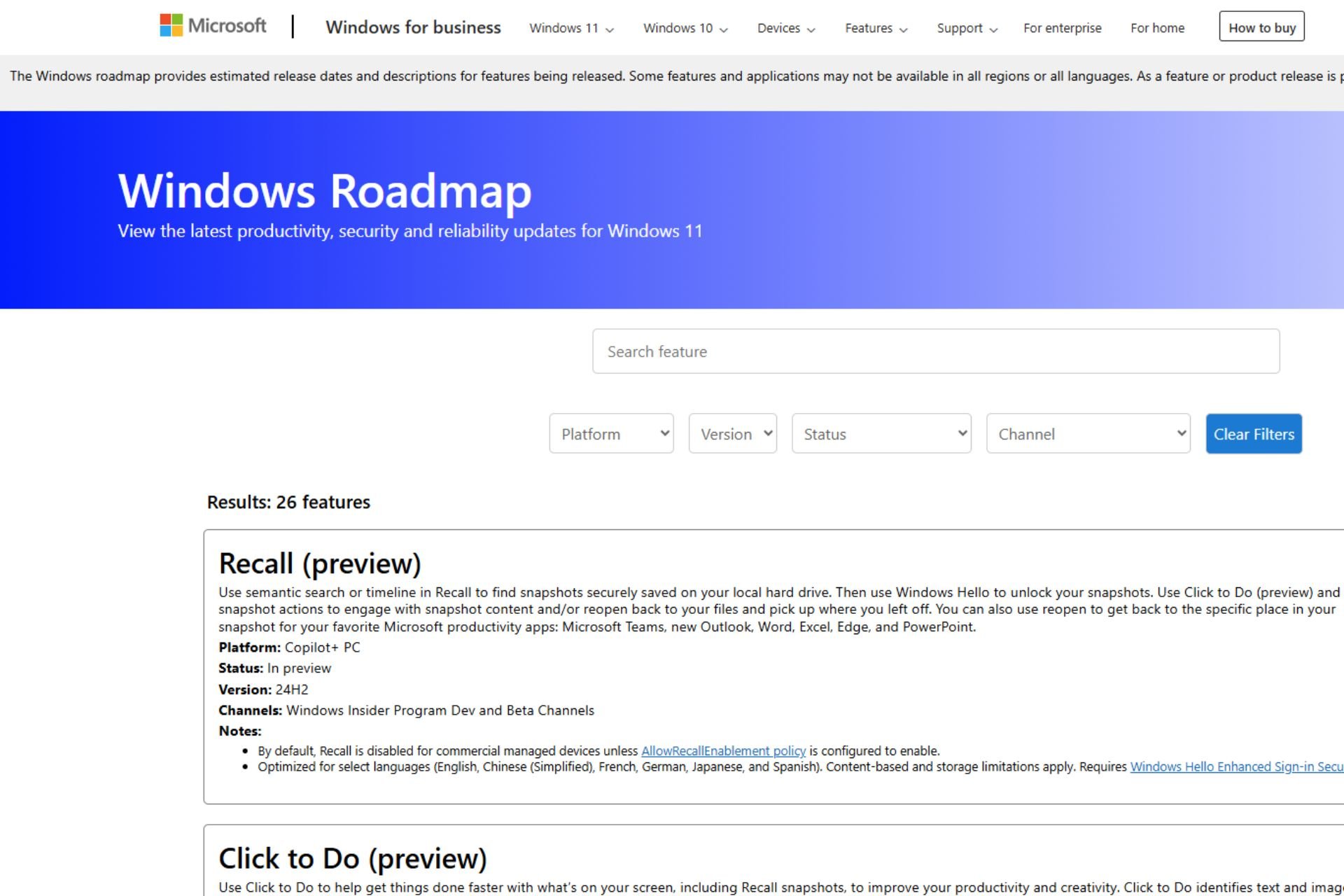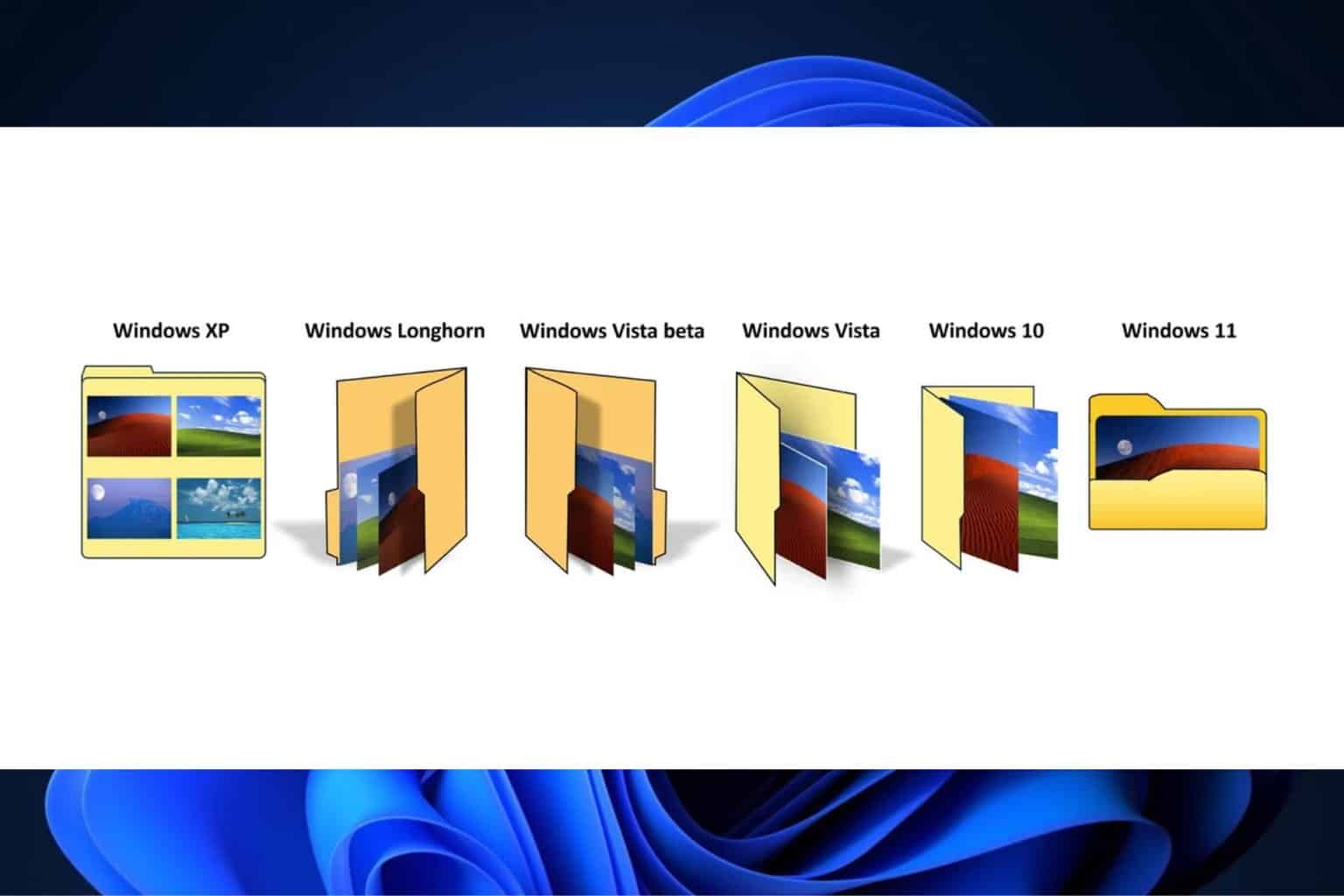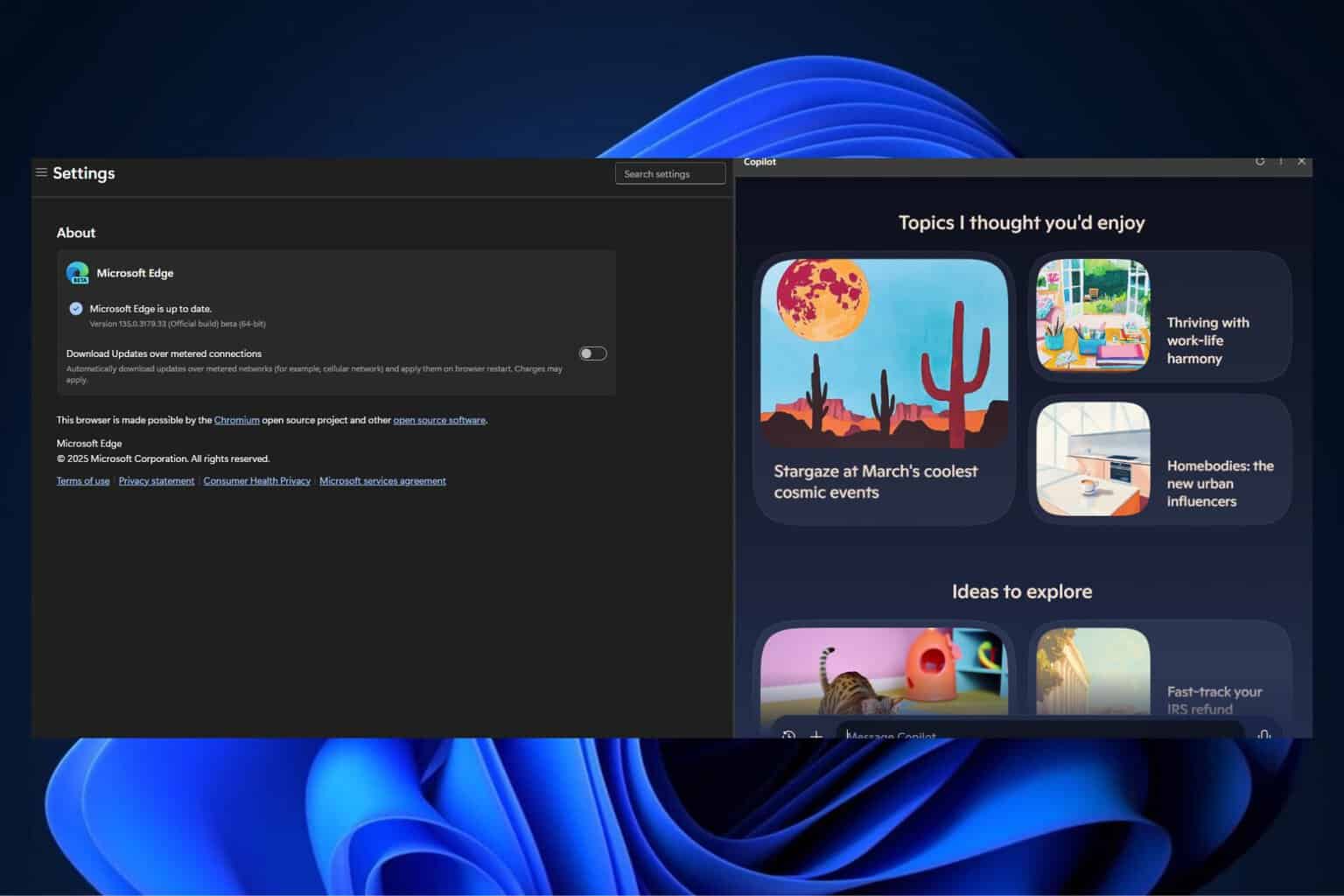Microsoft's AI ambitions at significant odds with its climate pledges
AI is undermining Microsoft's environmental commitments
2 min. read
Published on
Read our disclosure page to find out how can you help Windows Report sustain the editorial team. Read more

According to the company’s latest sustainability report, Microsoft’s pursuit of injecting most of its services and products with artificial intelligence is significantly increasing its carbon footprint.
Despite several environmental pledges to reduce its carbon footprint by reaching carbon neutrality by 2030, its recent AI endeavor will not only set Microsoft’s carbon-negative roadmap back by a substantial amount but could threaten its ability to even achieve the stated goal altogether.
Microsoft’s 2024 Enviornmental Sustainability Report shows a thirty percent increase in the company’s carbon footprint since last year, and that it can contribute much of the growth to resource intensive AI development.
Earlier this month Microsoft announced a new $17 billion dollar investment in a renewable purchasing partnership with Brookfield Asset Management tasked with obtaining 10.5 gigawatts of energy for the company.
However, its 2022 partnership with the Los Angeles based startup CarbonCapture last year appears to be the more vital collaboration for Microsoft going forward as the company is on record emitting 15.357 million metric tons of carbon dioxide during its fiscal calendar in 2023.

While renewable energy will go a long way to powering these resource intensive AI models, the fact that they are spewing more carbon than they are consuming electricity is quickly creating an environmental imbalance Microsoft will need to soon address.
Microsoft’s does offer a handful of future-leaning solutions to help combat the onslaught of environmental consequences that come with its continued AI development as well as regular business output that include improving measurement and efficiencies in its operations.
Microsoft’s plans to build more efficient data centers with servers in low-power states and reduce peak power consumption overall. Other solution posited by Microsoft include infrastructure decarbonization, innovations in low-carbon concrete, improving measurements across its supply chain, partnering with businesses more transparent about their emissions, reducing emissions in Cloud Logisitics, purchasing carbon-free electricity, and measuring semiconductor emissions among other items.
Microsoft’s Sustainability reports isn’t a damning profile of AI pursuit by the company, but a bellwether to the environmental toll this nascent technology already claims.
Hopefully, Microsoft can realign its AI ambitions with its 2020 environmental commitments and get back its original 2030 goal of net negative carbon emissions while providing Copilot services and products to more people.









User forum
0 messages